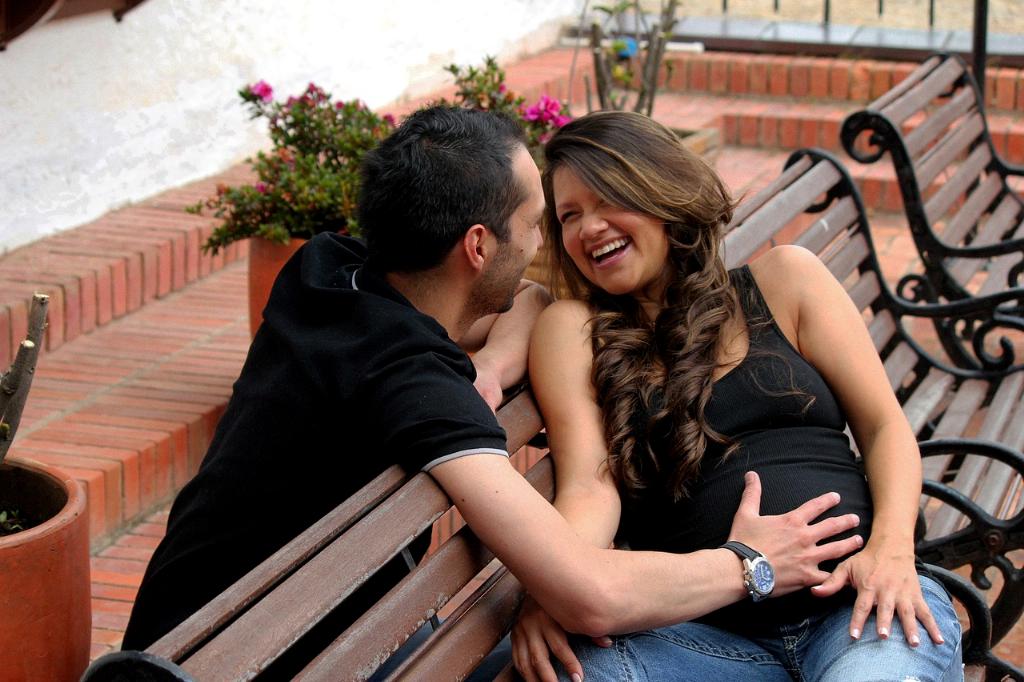One common concern among pregnant runners is the occurrence of pubic bone pain after their running sessions. This discomfort often stems from a combination of factors related to the physiological changes that take place in the body during pregnancy. It’s important to understand these factors to address and alleviate the discomfort effectively.
The Role of Relaxin Hormone
During pregnancy, the body produces a hormone called relaxin, which is responsible for softening the ligaments and joints to support the flexibility needed for childbirth. While this is a crucial process, it can also lead to increased pelvic instability, which may result in pain after activities like running. The effects of relaxin on the pelvic region can vary from woman to woman, influencing the intensity of discomfort experienced.
Impact of Uterine Growth
As the pregnancy progresses, the uterus expands to accommodate the growing fetus. This added weight and pressure on the pelvic floor can contribute to pain during physical activities like running. The pelvic floor muscles may experience increased strain, leading to discomfort, particularly around the pubic bone area. Understanding the impact of uterine growth on pelvic dynamics is essential in managing post-running pain.
Maintaining Proper Alignment
Proper alignment of the pelvis and lower back is crucial for minimizing discomfort during pregnancy-related activities. Running with improper posture or gait can exacerbate pelvic pain, especially in the pubic bone area. Ensuring that your body is aligned correctly while running can help distribute the impact forces more evenly, reducing the strain on specific areas like the pubic bone.
Supportive Maternity Gear
Investing in supportive maternity gear, such as belly bands or maternity belts, can provide additional support to the pelvic region during physical activities. These accessories help stabilize the pelvis and reduce the strain on the ligaments and joints, potentially alleviating post-running pain. Choosing the right type of maternity gear that fits comfortably and supports your specific needs can make a significant difference in managing discomfort.
Low-Impact Alternatives
While running may be your preferred form of exercise, exploring low-impact alternatives like swimming or prenatal yoga can help alleviate pubic bone pain while still keeping you active. These activities are gentler on the joints and ligaments, reducing the risk of exacerbating pelvic discomfort. Incorporating a mix of low-impact exercises alongside running can provide a well-rounded approach to staying fit during pregnancy.
Consultation with Healthcare Provider
If you experience persistent or severe pubic bone pain after running while pregnant, it’s essential to consult your healthcare provider for personalized guidance. They can evaluate your specific situation, offer tailored recommendations, and rule out any underlying issues contributing to the discomfort. Seeking professional advice ensures that you can continue to engage in physical activity safely throughout your pregnancy.
Hydration and Nutrition
Staying hydrated and maintaining a balanced diet rich in essential nutrients can also play a role in managing pelvic pain during pregnancy. Dehydration can exacerbate muscle soreness and discomfort, while proper nutrition supports the overall health of your ligaments and joints. Ensuring that you are adequately hydrated and nourished before and after running sessions can help minimize post-exercise pain.
Rest and Recovery
Allowing your body ample time for rest and recovery between running sessions is key to preventing overexertion and reducing the risk of pubic bone pain. Prioritizing adequate rest periods gives your muscles and ligaments the opportunity to recover and repair, promoting overall musculoskeletal health during pregnancy. Listen to your body’s cues and adjust your exercise intensity and frequency as needed to prevent excessive strain.
Warm-up and Cool Down
Engaging in proper warm-up and cool-down routines before and after running can help prepare your body for exercise and promote circulation to the pelvic region. Gentle stretches and mobility exercises can enhance flexibility and reduce the likelihood of muscle tension that may contribute to pubic bone pain. Prioritize incorporating these routines into your running routine to support your pelvic health.
Communication with Running Partner
If you have a running partner or participate in a group running activity, communicating openly about your discomfort and needs is essential. Sharing your experience of pubic bone pain after running while pregnant can help others understand your situation and provide necessary support and accommodation. Adjusting the pace, duration, or route of your runs can make the experience more comfortable and enjoyable for both you and your running partner.
Self-Care Practices
Incorporating self-care practices such as gentle massages, warm baths, and mindful relaxation techniques can further alleviate tension and discomfort in the pelvic region. Taking time to nurture your body and mind not only supports your physical well-being but also promotes emotional balance during pregnancy. Prioritize self-care as part of your overall approach to managing pubic bone pain after running while pregnant.
Embracing Your Journey
Every pregnancy experience is unique, and it’s important to embrace your journey with patience and self-compassion. While pubic bone pain after running may pose challenges, remember that listening to your body and seeking support are essential aspects of staying active and healthy during pregnancy. By understanding the factors contributing to your discomfort and implementing proactive strategies, you can navigate this phase with resilience and joy.

